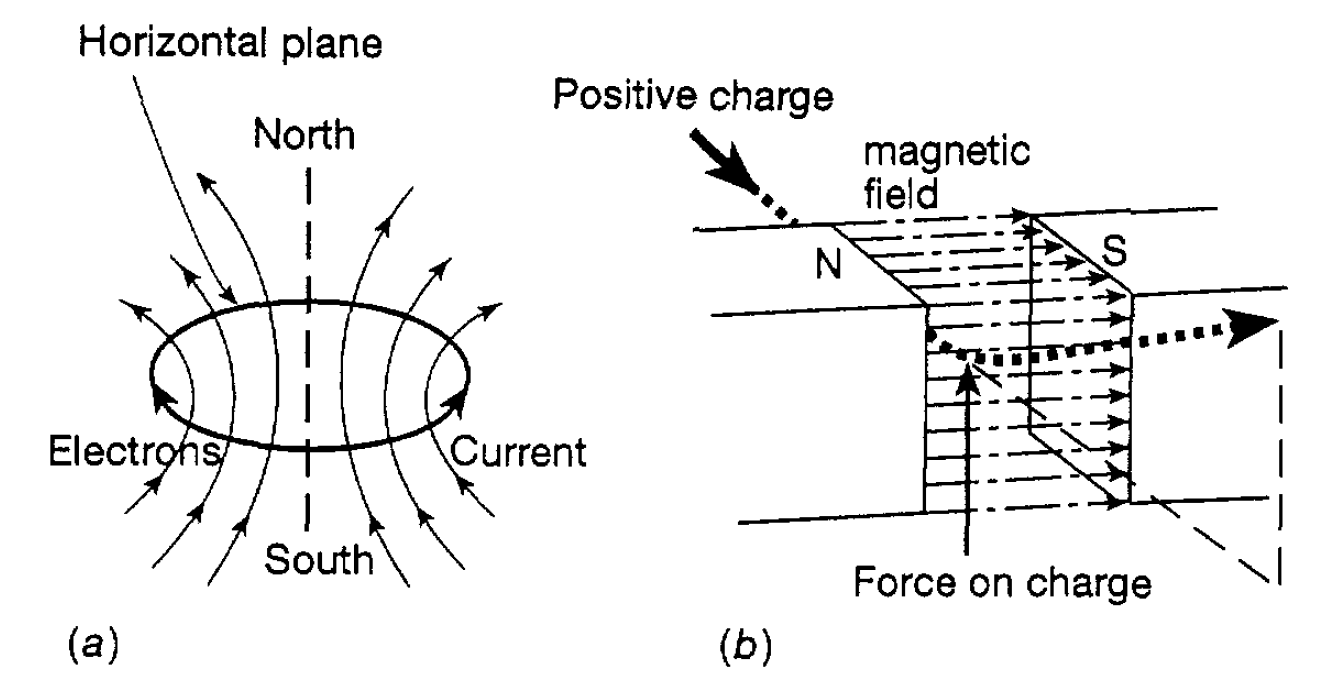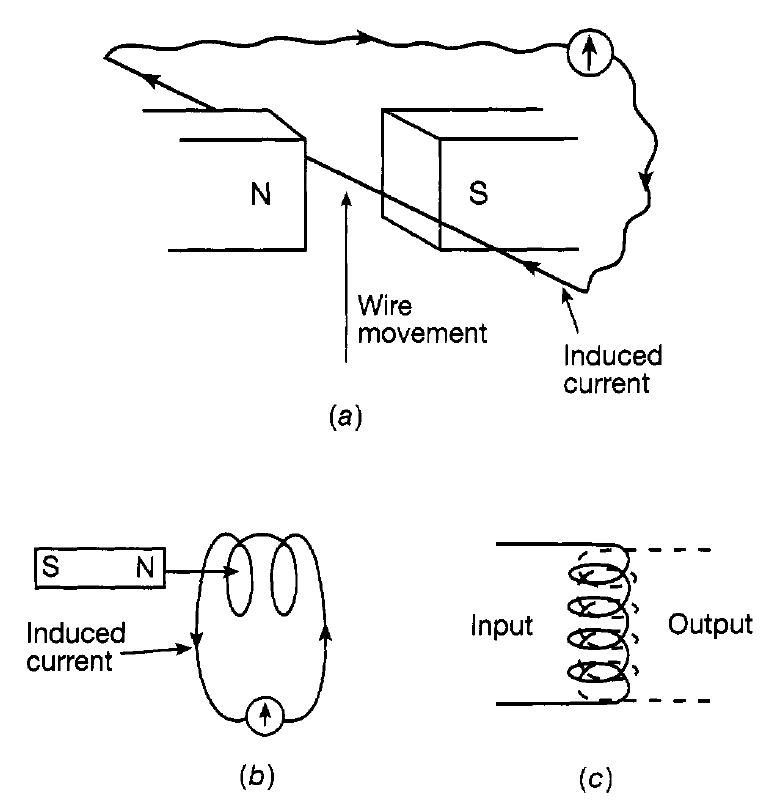
تاريخ الفيزياء

علماء الفيزياء


الفيزياء الكلاسيكية

الميكانيك

الديناميكا الحرارية


الكهربائية والمغناطيسية

الكهربائية

المغناطيسية

الكهرومغناطيسية


علم البصريات

تاريخ علم البصريات

الضوء

مواضيع عامة في علم البصريات

الصوت


الفيزياء الحديثة


النظرية النسبية

النظرية النسبية الخاصة

النظرية النسبية العامة

مواضيع عامة في النظرية النسبية

ميكانيكا الكم

الفيزياء الذرية

الفيزياء الجزيئية


الفيزياء النووية

مواضيع عامة في الفيزياء النووية

النشاط الاشعاعي


فيزياء الحالة الصلبة

الموصلات

أشباه الموصلات

العوازل

مواضيع عامة في الفيزياء الصلبة

فيزياء الجوامد


الليزر

أنواع الليزر

بعض تطبيقات الليزر

مواضيع عامة في الليزر


علم الفلك

تاريخ وعلماء علم الفلك

الثقوب السوداء


المجموعة الشمسية

الشمس

كوكب عطارد

كوكب الزهرة

كوكب الأرض

كوكب المريخ

كوكب المشتري

كوكب زحل

كوكب أورانوس

كوكب نبتون

كوكب بلوتو

القمر

كواكب ومواضيع اخرى

مواضيع عامة في علم الفلك

النجوم

البلازما

الألكترونيات

خواص المادة


الطاقة البديلة

الطاقة الشمسية

مواضيع عامة في الطاقة البديلة

المد والجزر

فيزياء الجسيمات


الفيزياء والعلوم الأخرى

الفيزياء الكيميائية

الفيزياء الرياضية

الفيزياء الحيوية

الفيزياء العامة


مواضيع عامة في الفيزياء

تجارب فيزيائية

مصطلحات وتعاريف فيزيائية

وحدات القياس الفيزيائية

طرائف الفيزياء

مواضيع اخرى
Magnetism and Electromagnetic Induction
المؤلف:
Roger J Blin-Stoyle, FRS
المصدر:
Physics of Particles, Matter and the Universe
الجزء والصفحة:
P 53
22-5-2016
2057
Magnetism and Electromagnetic Induction
Around 1820, a Danish physicist (Oersted) discovered that an electric current flowing down a wire changed the orientation of a nearby compass needle. Clearly a magnetic field was being created by the current, i.e. by the moving electrons. This was a vastly important discovery since it showed that what, at that time, had been thought to be quite independent physical manifestations electricity and magnetism-were, in fact intimately related. It then transpired that if the electric current were flowing round in a loop of wire, the magnetic field associated with the loop was essentially the same as that due to a bar magnet, the loop behaving as though it had north and south poles. The relationship between the poles and the direction of current flow is shown in figure 1.1(a). It also follows that, since an electric current behaves like a magnet, a current carrying wire will experience a force when placed in a magnetic field due, for example, to another magnet. Even more interestingly, a moving electric charge, being a current, will also experience a force when moving through a magnetic field. Here the fact that it is moving must be stressed since, if it were stationary, there would be no current and no resultant magnetism. The direction of this force and its effect on a positive charge moving in the magnetic field created by placing the north and south poles of two magnets near to each other is shown in figure 1.1(b). Its effect is to force the charge to move upwards as it travels along. This is an interesting and new type of force since it only operates when the charge is in motion and the direction of the force relates to the direction of motion of the charge. It is the force that underlies the operation of, for example, electric motors, where current flows through a coil of wire free to rotate (the armature) in a magnetic field, the latter being provided either by permanent magnets or by current flowing through fixed coils.

Figure 1.1 (a) The magnetic field created by a loop of electric current; (b) the force on an electric charge moving in a magnetic field.

Figure 1.2: (a) Current induced in a moving wire; (b) current induced in a coil by a moving magnet; (c) the physical basis
of a transformer. The considerations so far lead on to another phenomenon known as electromagnetic induction. We have seen that a charge moving in a magnetic field experiences a force. It therefore follows that if a wire, and therefore its component electrons, is moved in a magnetic field (see figure 1.2(a)), the electrons will experience a force, in the direction of the wire. Those which are free will therefore move along the wire under the influence of this force, so setting up an electric current, which can be measured by an appropriate meter. This was first demonstrated by Michael Faraday in 1831. Clearly the generation of an electric current from mechanical motion has had a profound effect on the development of the modern world. All the electricity which arrives in our homes, industry, transport etc derives from this simple process. It should be stressed here that the wire does not need to be moving as in the example quoted; instead the field can be moved-it is the relative motion of the wire and the field which is important. For example, moving a magnet into a coil of wire as in figure 1.2(b) induces a current in the wire. As can easily be conjectured, if the magnet is pushed in and out of the coil the created current will surge backwards and forwards. Such a current is known as an alternating current (AC) and is familiar as the type of current which comes into our homes from the generators in our electrical supply systems. These generators are, of course, massive electrical engineering structures, but the basic principle of their working is as just described. Different electromechanical structures are used in generators producing a direct current (DC), like the current produced by a battery, but the underlying principle is the same. One great advantage of using AC is that the voltage can be changed at will by using a transformer. This is simply a device in which the current is passed through a coil of wire linked with another coil as in figure 1.2(c). The alternating current in the ‘input’ coil creates a continually changing magnetic field which induces an alternating current in the ‘output’ coil. The ratio of the output to the input voltage is determined by the number of turns of wire in each coil and the efficiency of the transformer is much enhanced by winding the coils round ferromagnetic material so as to concentrate the magnetic fields. Transformers have many uses. In particular, power (proportional to current multiplied by voltage) can be transmitted at a very high voltage and correspondingly low current over large distances (witness the electric pylons with their high-voltage warnings). The benefit of this is that because of the low current the wastage of energy due to heating of the transmission cables is very small. Transformers near the consumer are then used to reduce the voltage to an appropriate level. For example, in the UK power is initially transmitted at 400,000 V and stepped down for domestic use to 230 V.
 الاكثر قراءة في المغناطيسية
الاكثر قراءة في المغناطيسية
 اخر الاخبار
اخر الاخبار
اخبار العتبة العباسية المقدسة

الآخبار الصحية















 قسم الشؤون الفكرية يصدر كتاباً يوثق تاريخ السدانة في العتبة العباسية المقدسة
قسم الشؤون الفكرية يصدر كتاباً يوثق تاريخ السدانة في العتبة العباسية المقدسة "المهمة".. إصدار قصصي يوثّق القصص الفائزة في مسابقة فتوى الدفاع المقدسة للقصة القصيرة
"المهمة".. إصدار قصصي يوثّق القصص الفائزة في مسابقة فتوى الدفاع المقدسة للقصة القصيرة (نوافذ).. إصدار أدبي يوثق القصص الفائزة في مسابقة الإمام العسكري (عليه السلام)
(نوافذ).. إصدار أدبي يوثق القصص الفائزة في مسابقة الإمام العسكري (عليه السلام)


















